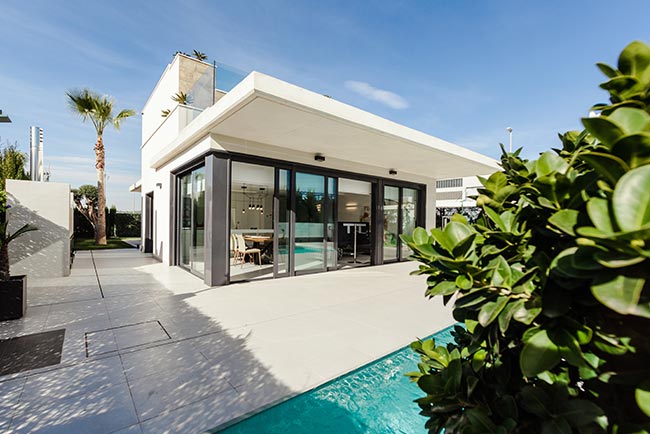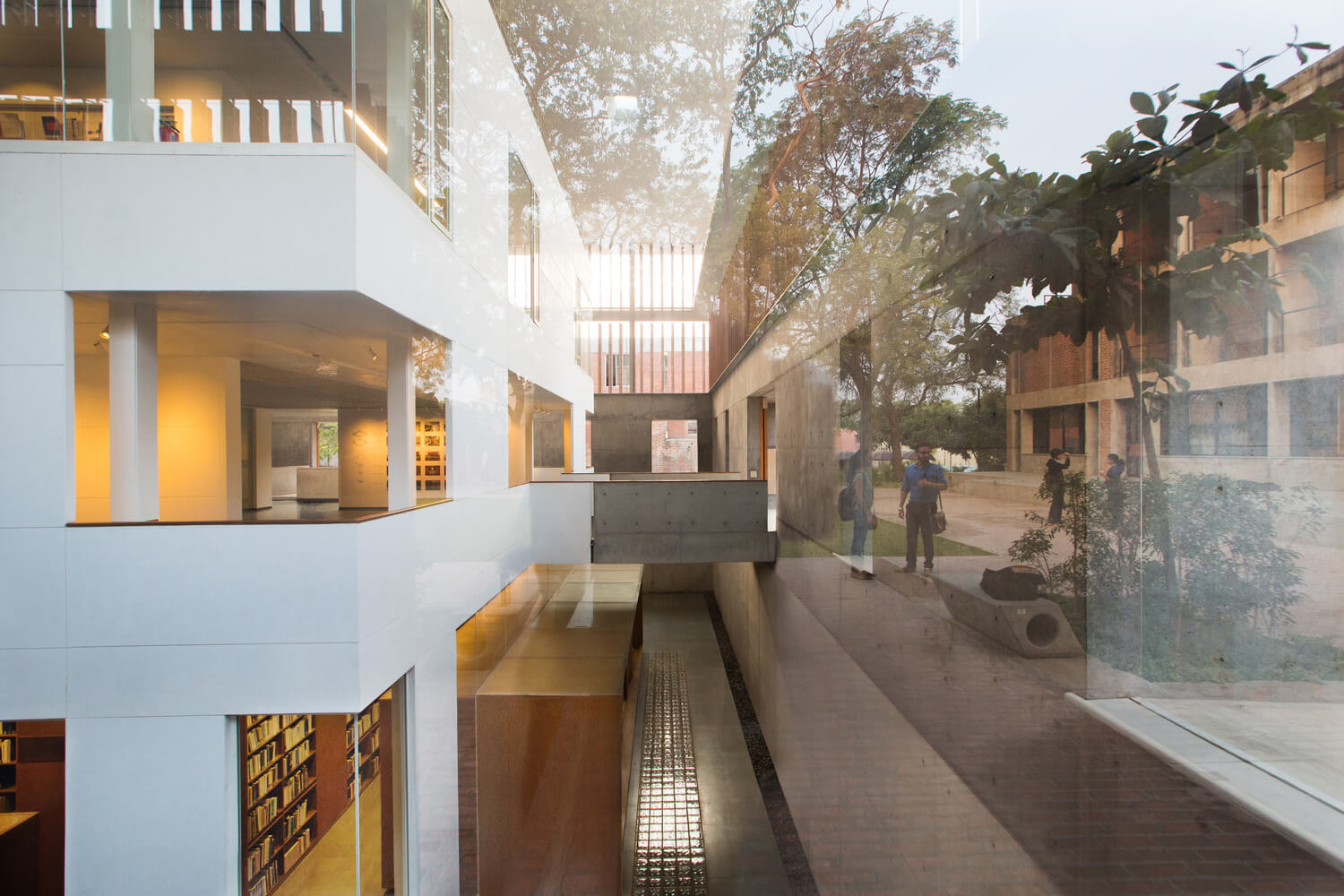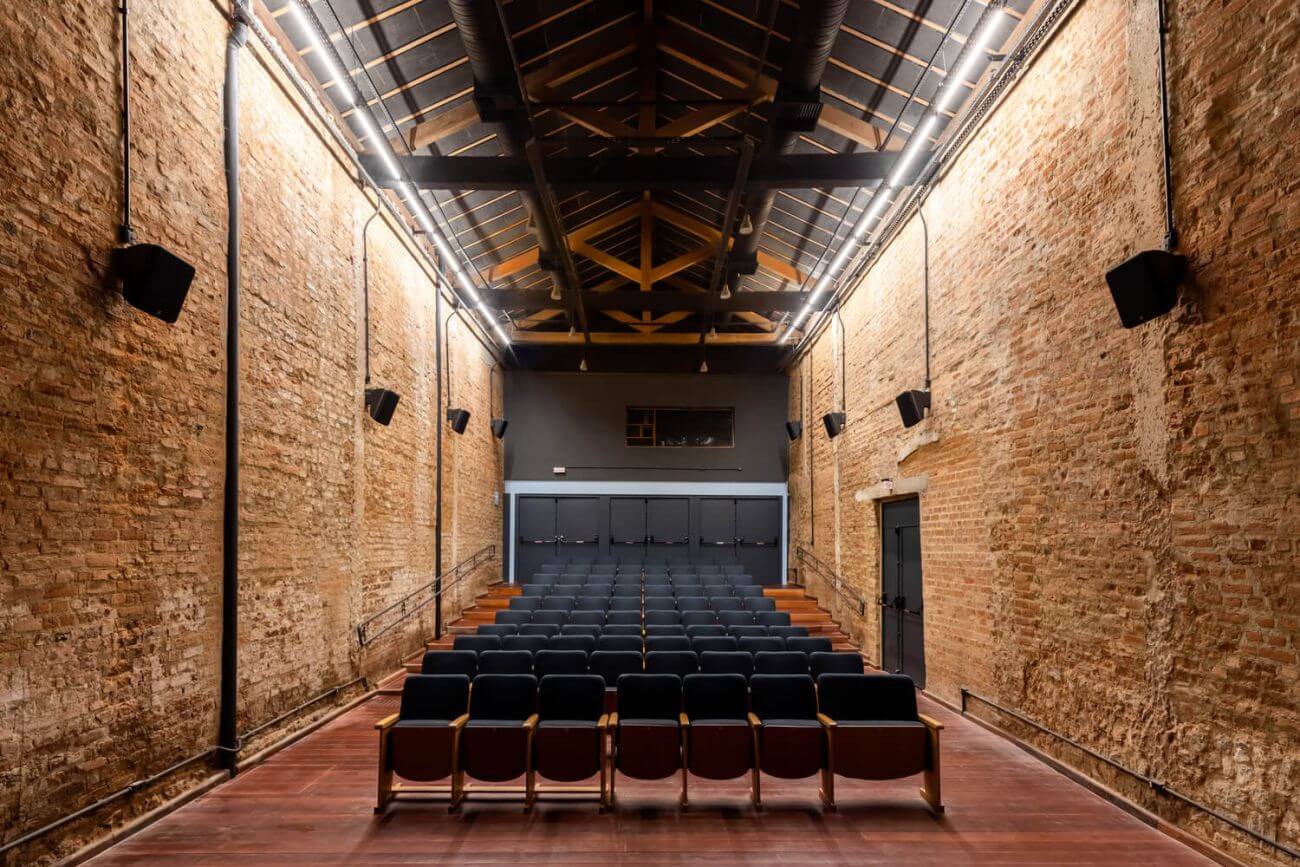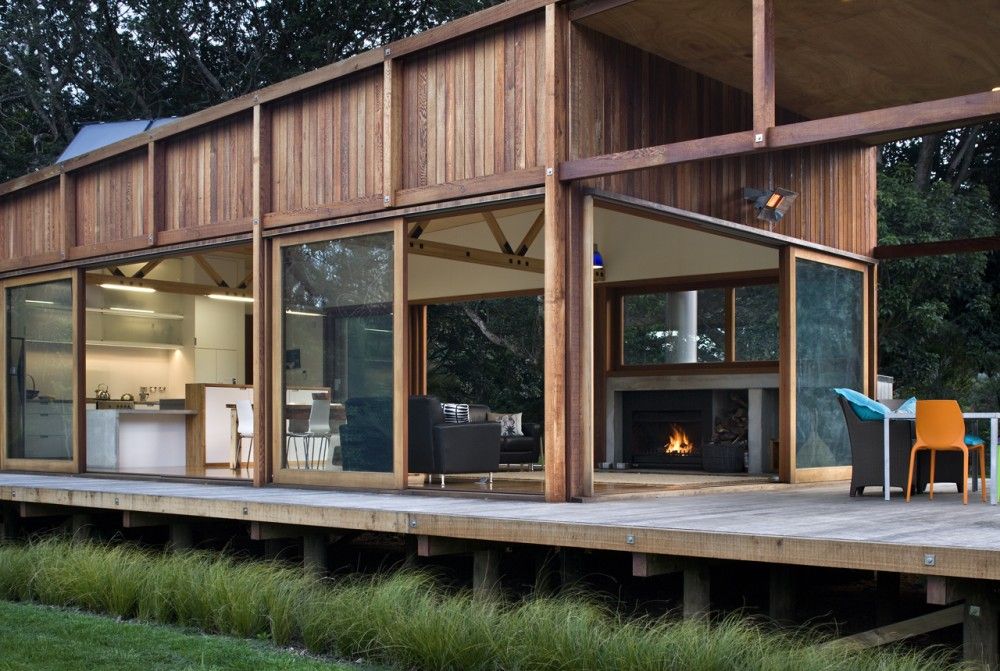WP02 Technical Coordination
The
overall objectives of WP2 are to ensure an efficient and reliable project
execution, which enables the consortium to achieve the foreseen developments
and objectives in the planned time- and budget frame
WP03 Specifications of demonstrators for improved strategic and tactical planning of the rail network
The objectives of this work package are to align, prepare and deliver the high-level (Workstream 1.1) specifications of requirements, high- level design and high-level use cases for development of the Technical Enablers 1 to 7.
WP04 Development - Integration of planning systems and processes including cross-border planning
The objectives of this work package are to provide detailed design and use case definitions for the development of Technical Enablers 1, 2 and 6.
- Enabler 1: European cross-border scheduling with international train path planning [TRL6/7]
- Enabler 2: Improved capacity allocation using rolling planning and TTR [TRL6/7]
- Enabler 6: Integration of planning systems and TMS with a) yard capacity planning and b) station capacity planning [TRL5/6]
WP05 Demonstration - Integration of planning systems and processes including cross-border planning
The overall objective of WP5 is to demonstrate and further develop the demonstrator modules in WP5, to ensure to reach the target TRLs that allow the verification of the achievement of the goals of WP4 and WP5.
WP06 Development - Decision support for planning and timetable optimisation
The objective of this WP is to improve long-term and short-term timetabling of the railway network. The activities aim at increasing infrastructure and transport utilisation capacity through optimised and robust timetables, synchronized with rolling stock planning, among others. In WP6, advanced algorithms are developed for the generation and adjustment of timetables and rolling stock planning.
WP07 Demonstration - Decision support for planning and timetable optimisation
The objective of this WP is to further develop and demonstrate the algorithms developed in WP6, also by the creation of a testbed and a benchmark methodology for conducting rigorous, transparent, and replicable testing for comparing both the algorithms and the plans/timetables generated by them. Finalisation of development and demonstrations for Technical Enablers 3, 4 and 6 will be performed at target TRL 5/6 using decision support systems on short-term planning, algorithms for long-term timetabling, integrated network and station planning as well as rolling stock planning.
WP08 Development - Simulation and operational feedback for improved planning
The objective of this work package is to develop and improve railway traffic simulation methods, models and knowledge to enable more reliable and effective capacity and punctuality evaluations and predictions of the railway network. The developed methods and models will be used to improve feedback loops between operations and planning and to increase knowledge about the potential capacity impact of new technologies like C-DAS, ATO, ETCS L2 with optimised braking curves and ETCS Hybrid Level 3. This WP covers the following enablers:
Enabler 5: Improved rail traffic simulation models for selected Use Cases to forecast punctuality in the network (e.g., simulating proportion primary and secondary delays, simulations drivers vs. ATO over ETCS …). [TRL6/7]
Enabler 7: New planning and operational processes using feedback loops from ERTMS ATO and C-DAS [TRL5/6].
WP09 Demonstration - Simulation and operational feedback for improved planning
The objective of this WP is to validate and demonstrate the models and methods developed in WP8 regarding both technical enablers 5 (TRL6/7) and 7 (TRL5/6). The potential capacity impact of new technologies such as C-DAS, ATO, ETCS L2 with optimised braking curves and ETCS Hybrid Level 3 will be evaluated to get a better understanding on how these new technologies can contribute to improved capacity and punctuality.
WP10 Alignment of specifications
The objectives of this work package are to align, prepare and deliver the high-level specification of requirements, high-level design and high-level use cases based on a state-of-the-art analysis undertaken in conjunction with Technical Enablers 8 to 17
WP11 Development - Integration of TMSs and processes including cross-border traffic management
The overall objectives of WP11 are linked to Technical Enablers 8, 9 and 10 covering specification, and development of use-cases, processes and interfaces needed to achieve a much higher integration level of functions and decision processes including increase of the precision of the traffic prediction. In focus are also the alignment between different TMS areas including cross-border and integration of TMS with yard station and energy management systems as well as crew and rolling stock planning and management systems. The specification and development of appropriate interfaces between the different clients and stakeholders and applications will help to support an aligned re-planning and management of platform track/parking/facility track allocation of trains including graphical visualisation, conflict detection and resolution. The new possibilities will increase the interests and the level of engagement of RUs in traffic operation. All of the developments regarding Technical Enablers 8, 9 and 10 achieve TRL 4 in this WP.
WP12 Demonstration - Integration of TMSs and processes including cross-border traffic management
The overall objectives of WP12 are linked to Technical Enabler 8, 9 and 10 focussing on the finalization of the development, integration and demonstration of the WP11 prototypes at TRL5/6 to achieve a much higher integration level of functions and decision processes including an increase of the precision of the traffic prediction. In focus are also the alignment between different TMS areas for cross border and integration of TMS with yard-station and energy management systems as well as crew and rolling stock planning and management systems. The specification and development of appropriate interfaces between the different clients and stakeholders and applications will help to support an aligned re-planning and management of platform track/parking/facility allocation of trains including graphical visualisation, conflict detection and resolution.
WP13 Development - Improved resilience and efficiency of disruption management
i. The overall objective of WP13 is to develop prototypes for a cooperative multi-actor optimisation and decision support system for incidents and disruption management, with human-in-the-loop through an advanced HMI, to increase system resilience and efficiency. The developments will be completed in WP14 to achieve the target TRL of the related Technical Enablers indicated below.
1. Technical Enabler 11: HMI for TMS based on User Experience (UX) Design and user input [TRL8];
2. Technical Enabler 13: Cooperative planning multi-actors within rail [TRL4/5]; and
ii. Technical Enabler 14: Integration of incident management and customer information, with IM and RU interaction and Decision Support for Disruption management.
WP14 Demonstration - Improved resilience and efficiency in disruption management
The overall objective of WP14 is to develop the demonstrators that will allow the verification of the achievement of the goals of WP13. This demonstrator will validate the integration of the DSS in a Control Center, HMI and the adoption of HMI design methodologies defined in WP 13, to automate tasks, reduce operators’ workload, improve efficiency of disruption management and to promptly inform the involved actors. Such work will not be only limited to test the suitability and adequacy of the developed tools, to cope with the requirements and demands described in WP13, but it will also help identifying possible future business possibilities and the needed future work to further improve the developed tools for cooperative traffic management in case of disruptions. This WP is linked to:
- Technical Enabler 11: HMI for TMS based on User Experience (UX) Design and user input [TRL8];
- Technical Enabler 13: Cooperative planning multi-actors within rail [TRL4/5]; and
- Technical Enabler 14: Integration of incident management and customer information, with IM and RU interaction and Decision Support for Disruption management [TRL4/5].
WP15 Development - Linking TMS to ATO/C-DAS for optimised operations
i. This work package aims to reach seamless integration between TMS and ATO/C-DAS. The combination of the two provides significant added value:
- Increased network capacity: by reduction of needed supplements in timetables
- Increased network robustness: ATO/C-DAS operations require very detailed information (microscopy) to guide trains optimal through the network. By adopting the microscopic data and methodology in timetable construction, reliable timetables (which do not create delays due to infeasible plans)
- Higher level of punctuality: by direct guidance of train movement, an irregular operation can be reduced vastly. Energy consumption: ATO/C-DAS operation requires a so-called “train path envelope”. This envelope provides room (timetable supplements) for timetable robustness, which can be used for energy driving strategies when trains are on time. The TMS can trade-off between optimised energy consumption and punctuality in disrupted situations. The TMS optimises the adaptation of the trains’ schedule in case of delays and disturbances, focusing on integral network optimisation. The ATO/C-DAS optimises the trains’ trajectory through the network within the margins of the “timetable envelope”, the bandwidth wherein the train may operate in each section of the trajectory. Simulation tools and methodologies are already at hand to make a realistic depiction of their future performance and human-in-the-loop.
- Feedback-loop with traffic simulation (Technical Enabler 12) verifying the algorithms of Technical Enabler 15 (TMS speed regulation of trains, precise routes and target times for ATO and dynamic timetables) to test the linkage of TMS to ATO/C-Das and being a test-bench to check the algorithms developed in WP 6 and FA6.
- Testing the future applicability in operations, including human-factors research, by “real-world” emulation with a human the loop simulation environment which contains connected simulators of loco drivers, signallers and traffic managers linked to dynamic however, in regard of the interlocking, de-coupled traffic management system and ATO on-board modules.
ii. This WP is linked to Technical Enabler 12: Real-time convergence between planning & feedback loop from operations [TRL4/5] and Technical Enabler 15: TMS speed regulation of trains, precise routes and target times for ATO and dynamic timetables [TRL4/5].
WP16 Demonstration - Linking TMS to ATO/C-DAS for optimised operations
This work package aims to demonstrate seamless integration from TMS and ATO by testing them in an emulated “live” environment by human-in-the-loop demonstration and test bench. Here you can see train-drivers-traffic managers and signallers will interact, each in his own (emulated) workplace environment working and communicating together in a real traffic state; However, this demo will not include real-time interlocking. This WP is linked to Technical Enabler 12: Real-time convergence between planning & feedback loop from operations [TRL4/5] and Technical Enabler 15: TMS speed regulation of trains, precise routes and target times for ATO and dynamic timetables [TRL4/5].
WP17 Development - Automated decisions and decision support for traffic management optimisation
The main objectives are to specify the requirements and implement the algorithms providing decision support and whenever possible automatic decisions for traffic management optimisation as well as to verify their suitability for different applications. This WP focusses on the generation of a common set of requirements for the algorithms covering different aspects of the decision support and decision automation. It also provides the criteria for benchmarking of different implementations. This WP is linked to the following enablers from MAWP:
1. Enabler 16: Automation of very short-term train control decisions [TRL5]
2. Enabler 17: Real-time conflict detection & resolution for main line and optimisation [TRL4/5] All of the developments regarding both technical enablers have a TRL 4 in this WP.
WP18 Demonstration - Automated decisions and decision support for traffic management optimisation
The main objectives of the WP are TRL 5 demonstrations of the developments performed in WP 17.
WP19 Alignment of Specifications for Enabler 18 - 27
i. The objectives of this work package are to develop:
1. Develop specifications for Enabler 18-27
2. Requirements for all planned developments
3. Gathering information on project results from Shift2Rail and related technologies
4. Definition of planned work in the development and demonstration WPs
5. Design high level architecture and Use Cases
6. Analyse the available data sets and information (e.g., timetables, ticketing, PRM data, weather, holidays) provided by partners, other projects, public sources, as a corner stone for planned developments in other WPs
WP20 Development: Integrate Rail with other transport modes
The objective is to develop services and functionalities regarding:
- Enabler 18 Improved rail integration using B2B intermodal services. This covers aspects of cross-operator information, sharing on e.g. sales and distribution, traffic information, end-user experience.
- Enabler 19: Harmonised interfaces between rail operators and other transport modes, leveraging existing European standards when applicable to enhance collaboration between mobility providers and support B2B integration including the objective to deliver an enhanced end-user experience. The TRL 5 developments within this WP will be based on the specifications and analysis done in WP19. Within this WP TRL5 will be reached, results are used for the demonstration in WP20.
WP21 Demonstration: Integrate Rail with other transport modes
The results of the analysis of available data (WP19) and detailed description of technical developments (WP20) are used for this demonstration WP. Focus of this WP is to reach TRL 6-7 for Enabler 18 ( Improved rail integration using B2B intermodal services) and TRL 7-8 for Enabler 19 (Harmonised interfaces between rail operators and other transport modes). The objectives of this WP are to:
- Set the demonstrations (selection of demonstration place, definition of installation work and required data, requirements on enablers, user journey, monitor timelines, covering the testing strategy for all demonstrations planned for this WP)
- Execution of the demonstration (preparation, installation, dry-run, execution, collection of results
- Documentation and assessment of results and preparatory work for upcoming EU projects (according to MAWP) All objectives are aligned with the plans and strategies developed in WP2
WP22 Development: Services for inclusive rail-based mobility
The objectives of this work package are:
- Enabler 20 that is focused on services and solutions that improves the quality of the travel and it is focused on the support to PRM and passengers with special needs
- Enabler 21 that is dedicated to the development of delivering hands free experience for travellers using rail services and transferring between rail operators, other mobility modes and developing a Wi-Fi Roaming setup, which will allow travellers using different rail operators to seamlessly stay online
- Enabler 22 is focused on the development of smart solutions for better passenger flow and guidance that is based on real-time provided in different channels adapted to the different user’s capabilities in order to allow the data Exchange between smart phones and infrastructure that would improve guidance. The developments within this WP are based on the specifications and analysis done in WP19. This WP will reach TRL4 for Enabler 20 and 22 and TRL 5 for Enabler 21, results will be used for the demonstration in WP23.
WP23 Demonstration: Services for inclusive rail-based mobility
The objectives of this work package are to demonstrate a set of services and solutions developed in WP22 and associated with inclusive rail-based mobility. Objectives are aligned with the plans and strategies detailed in WP2. WP23 is broken down into several demonstrations that will happen at different places and with different operators. WP 22 includes several enablers (refer to WP 21 description) that are associated with different TRL levels that shall be reached by end of 2025: TRL 4-5 for Enablers 20 and 22 and TRL 7-8 for Enabler 21. The intention is to combine several enablers into a single demo and hence to adjust the level of test to the readiness level.
WP24 Development: Anticipate demand leading to improved resource utilisation
The objectives of this work package are to develop a set of solutions associated with demand anticipation in order to improve resource utilisation. They cover the following topics:
- Enabler 23: Short term demand forecast calculation using run time data (e.g. ticketing data, short term weather forecast, passenger density, ....)
- Enabler 24: Long term demand forecast with focus on data analytics based on a variety of sources (e.g., public events, holiday calendar) and operators’ data (e.g., fare, passenger density data) and historical information for predictive models related to passenger clustering
- Enabler 25: Integrated traffic simulation and demand forecast in a Digital Twin to optimise offer, passenger occupancy, connection time and other service-related elements
- Enabler 26: Optimised rail capacity to better match the demand: Synergy between short term and long-term forecast (e.g. weather forecast for an airport line) combined with Digital Twins in order to provide optimisation guidance
- Enabler 27: Disruption management across different mobility modes enabling operators to collaboratively solve the disruption and properly inform passengers The developments within this WP are based on the specifications and analysis done in WP19 and will reach TRL 4-5. All results developed are used for the demonstrations in WP25. The demonstrations take place in a set of hubs or labs (depending on the task or sub-task details) where the adequate equipment and infrastructure is made available
WP25 Demonstration: Anticipate demand leading to improved resource utilisation
The objective is to demonstrate a set of services and solutions developed in WP 24, associated with the anticipation forecasts of the demand for mobility in the different modes, and rail capacity optimisation and management/information of the disruptions across modes. This objective is aligned with the plans and strategies detailed in WP24. WP25 is broken down into several demonstrations that will happen at different places and with different operators. WP 24 and WP25 include several and common for them enablers that are associated with different TRL that shall be reached by end of 2025: TRL 5 will be reached for Enabler 24, 25, 26 and TRL 6-7 for Enabler 23 and 27. The intention is to combine several enablers into a single demo and hence to adjust the level of test.
WP26 Digital Process Scenarios from all FA
This work package coordinates the work performed in the development of common digital enablers (Workstream 2), connecting it to the MOTIONAL project’s workstream 1, to all other Destinations and to System Pillar activities. Digital twin process scenarios and use cases, data exchange principles, protocols and interface considerations arise in the System Pillar and in other Flagship Projects. This work package provides resources to collect from the System Pillar and the other Flagship Project such inputs and to drive incremental development of specifications for digital enablers, environments and tooling to ensure standardization and harmonization across EU-Rail outcomes
WP27 Digital Asset Engineering (Multidisciplinary Process)
This WP aims to digitise and automate the whole planning phases to ease engineering work, reduce costs of development and testing, and reduce time to deployment. Replacing paper as common-used exchange of information in planning CCS assets by digital format will be one of the main focuses. The automated planning of ETCS L2 and LR implementation will be based on harmonised EU planning and engineering rules related to the track layout instead of legacy signalling planning rules (green field planning approach) synchronized also with the SP work on standardized engineering and planning rules). The EULYNX Data model being the CCS+ related domain model of CDM (Conceptual Data Model) or its newer releases coming from the System Pillar (see LinX4Rail project and EU-RAIL System Pillar) will be applied for 5 reference planning projects, preferably along EU TEN corridors (e. g. ScanMed).
WP28 Digital Twin Environment Preparation
This work package will prepare the design of an environment for building up and using Digital Twins and Digital Twin assemblies, which are defined as virtual representations able to imitate the behaviour of the physical railway system, its multiple heterogeneous subsystems and interactions during their lifetime. This environment is to be designed along Digital Twin use cases provided by the FAs.The final outcome is a profound understanding of requirements and expectations regarding railway Digital Twins.
WP29 Digital Twin Environment Implementation
This WP will organise and support the assembly, verification, validation, testing and co-simulation of complex high order Digital Twins that are capable of digitally representing the behaviour of the physical railway system, its multiple heterogeneous subsystems and interactions during their lifetime. Based on the FA use case analysis in WP28, this work package will specify standard system interfaces to ensure the reusability, interoperability and compatibility of component models supplied as black-boxed, compiled functional mock-up units (FMUs) encapsulating proprietary knowledge. These standard interfaces will enable the interconnection of FMUs so that Digital Twin assemblies can be built up to represent system behaviour in co-simulation scenarios.
WP30 Conceptual Data Model and semantic dictionary evolution
The LINX4RAIL and LINX4RAIL-2 projects have initiated the definition of a Conceptual Data Model offering, a project independent railway system model with rich semantics based on a federation of UML source models. A railway semantic dictionary has been subsequently built which collects ontologies extracted from the conceptual models and allows their interlinking. The Conceptual Data Model work package will:
- process the inputs received from WP26 on requirements, constraints and timelines for extension and evolution of CDM
- based on extension needs, identify the most appropriate means (new source models, extension of an existing source, …) to extend the coverage by the CDM of the railway system favouring a maintenance of a cohesive conceptual model backed by clear and strong semantics (facilitating machine-processability and interoperable usage of the underlying data),
- enforce the technical aspects of the CDM governance process, in liaison with the System Pillar
- ensure the liaison with representatives of the source models considered in the federation of models
WP31 Federated Data Space
Deliver data federation services for building a trusted, reliable, cybersecure federated data space for the rail ecosystem - the Rail Data Space. The Rail Data Space provides exchange and sharing of digital resources across Rail operators, Infrastructure Managers and Suppliers as a component in the creation of a Common European Mobility Data Space. It is compliant with the principles of the European Strategy for Data, e.g., Data Sovereignty, Data level playing field, public private Governance and Decentralized soft infrastructure.
WP32 Communication, dissemination and exploitation of results













